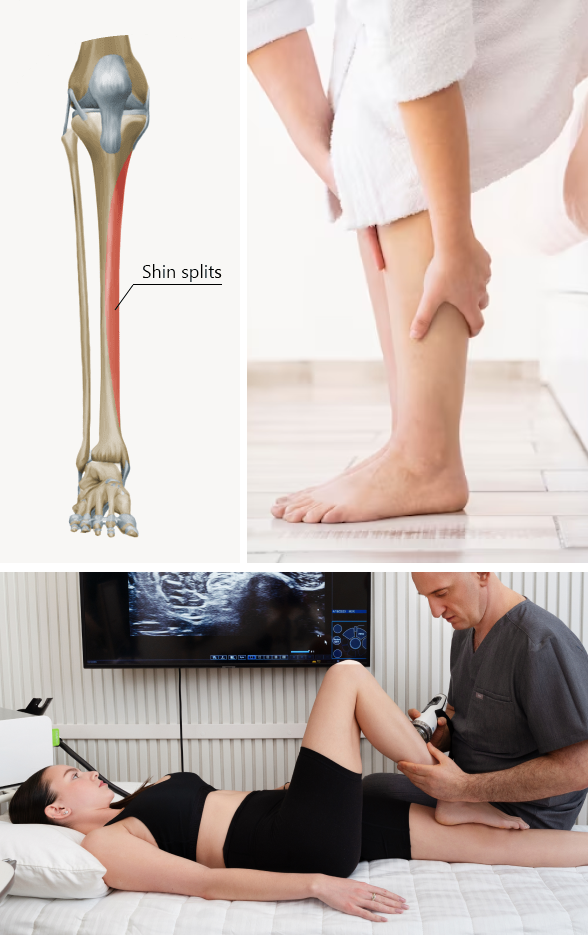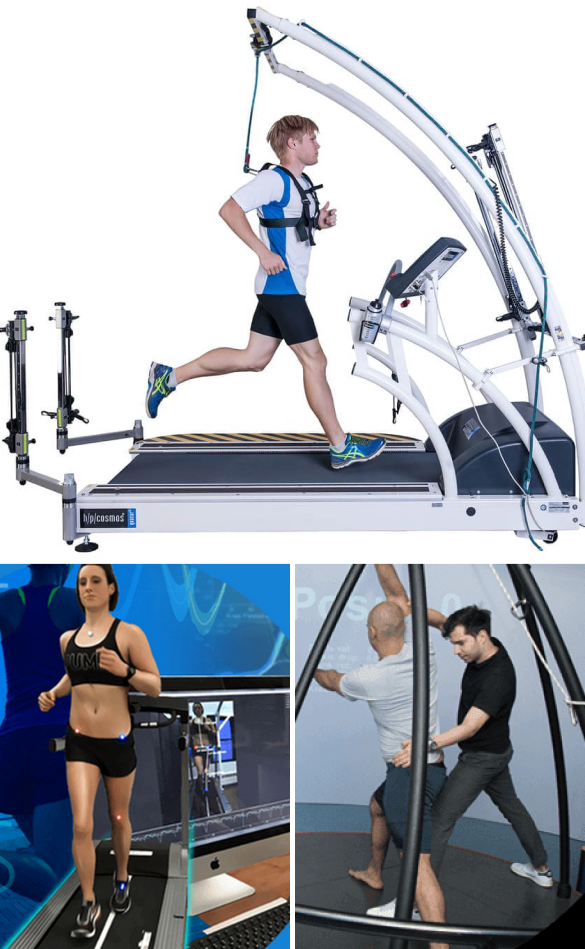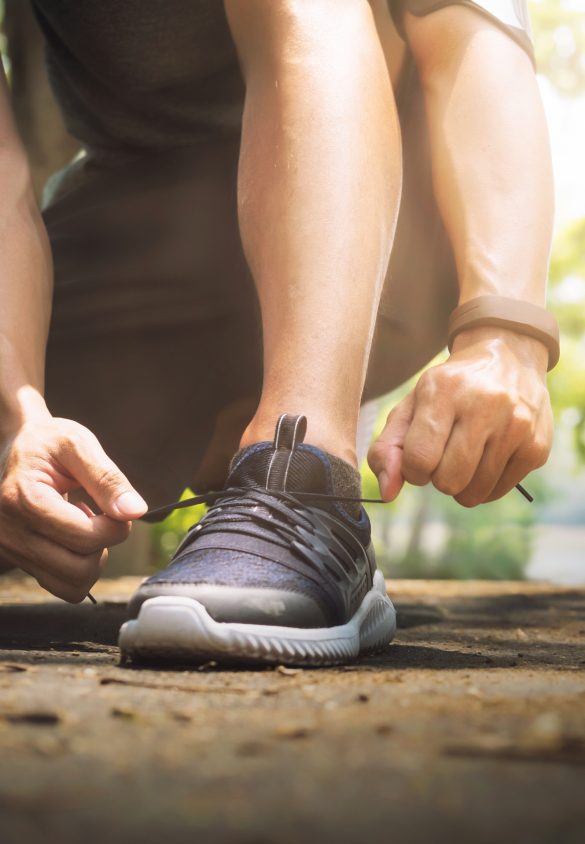Why NYDNRehab is Your Clinic of Choice for Shin Splint Treatment
At NYDNRehab, our personalized one-on-one approach sets us apart from mainstream physical therapy clinics. We never use cookie-cutter treatment methods or generic timelines to treat sports injuries. Our treatment protocols are case-specific, based on your unique condition and diagnostic results.
Conventional physical therapy clinics often rely on symptoms alone to diagnose shin injuries. However, a symptoms-based approach can overlook critical factors, leading to misdiagnosis and inappropriate treatment that prolongs the patient’s pain and can even do further damage.
At NYDNRehab, we use high-resolution diagnostic ultrasonography to generate dynamic images of the lower leg in real time. Ultrasound lets us detect serious conditions like stress fractures and tumors that require specialized therapy and condition-specific treatment protocols.
Our high-tech performance lab equips us with tools for 3D gait analysis, to detect and quantify motor deficits that are often the root cause of shin splints. We use VR and AI technologies to retrain gait patterns, to restore neural pathways between the brain and muscles, and optimize muscle firing patterns.


































